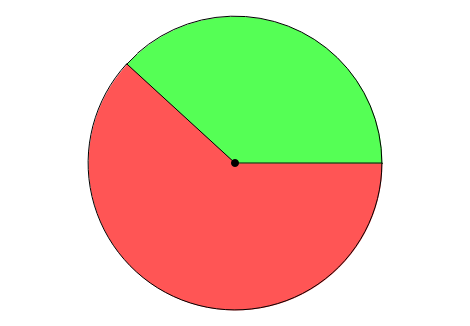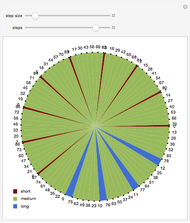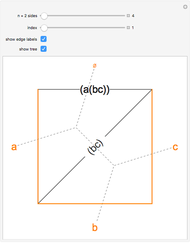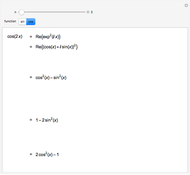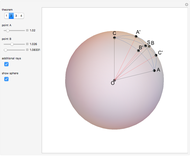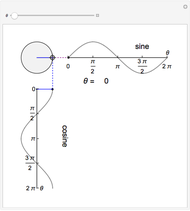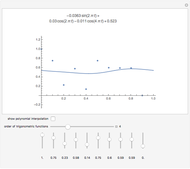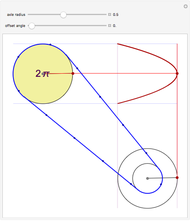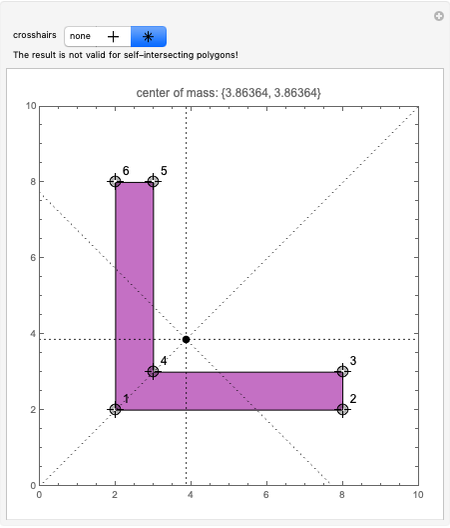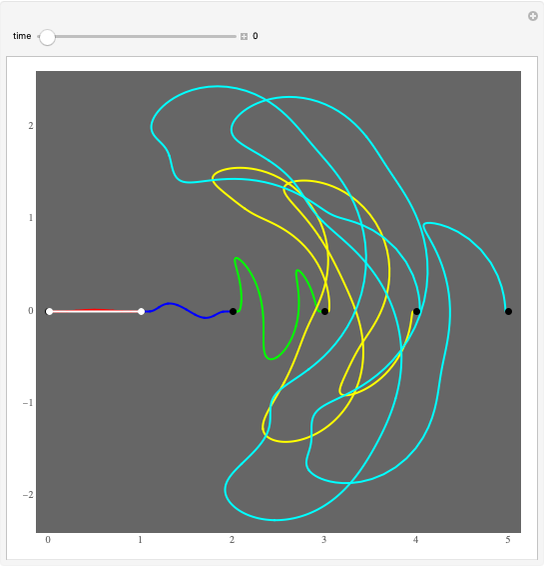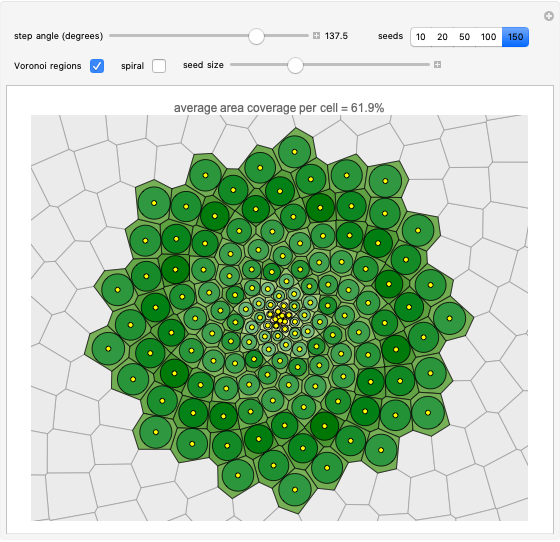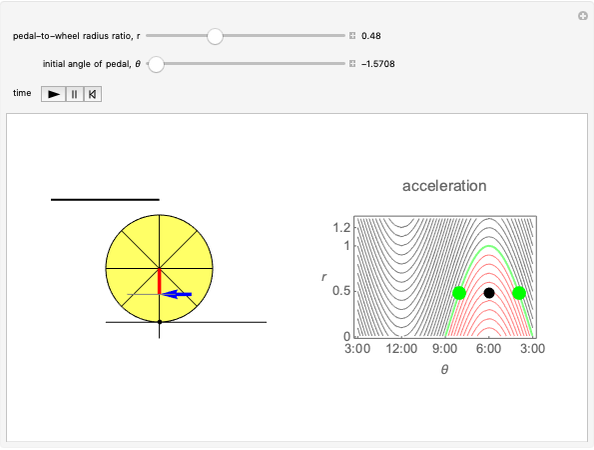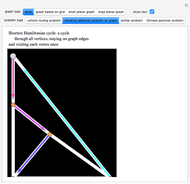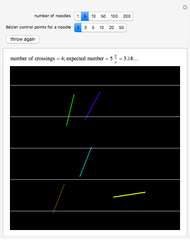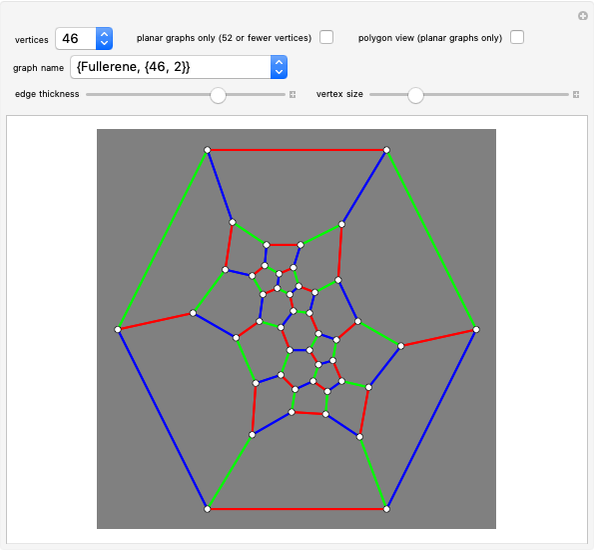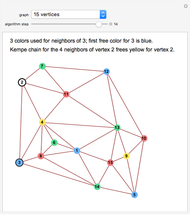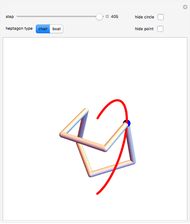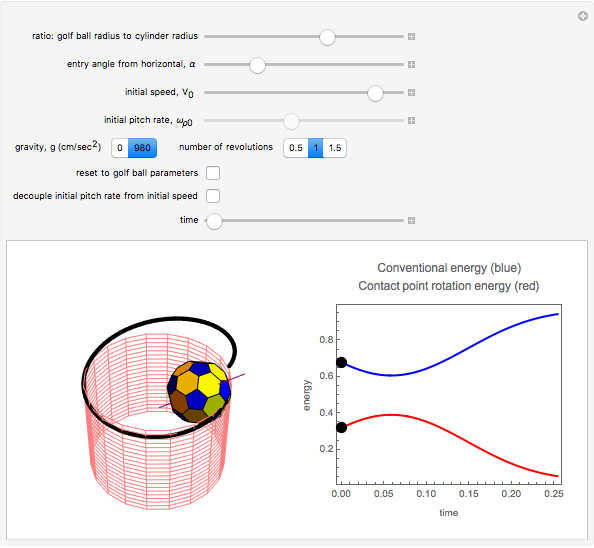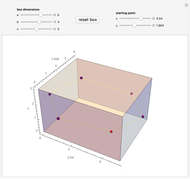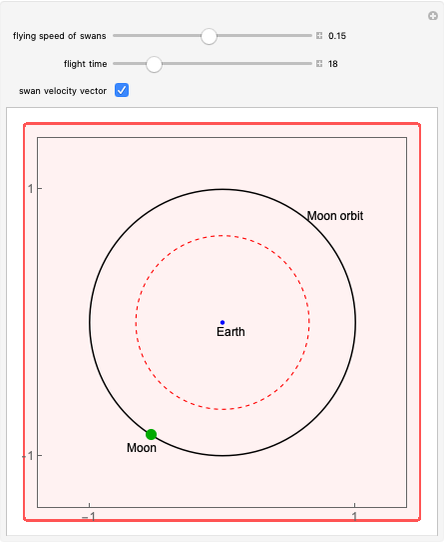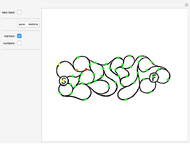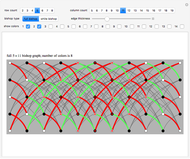The Three-Gap Theorem

Requires a Wolfram Notebook System
Interact on desktop, mobile and cloud with the free Wolfram Player or other Wolfram Language products.
The three-gap theorem states that if you place  points on a circle at angles
points on a circle at angles  , then there will be at most three distinct angles (gaps) between adjacent pairs of points. When there are three gaps, the largest equals the sum of the other two. Red shows the largest angle, green the middle and blue the smallest.
, then there will be at most three distinct angles (gaps) between adjacent pairs of points. When there are three gaps, the largest equals the sum of the other two. Red shows the largest angle, green the middle and blue the smallest.
Contributed by: Stan Wagon (June 2020)
(Macalester College)
Open content licensed under CC BY-NC-SA
Snapshots
Details
The result was conjectured by H. Steinhaus and proved in 1958, independently, by V. T. Sós, J. Surányi and S. \:015awierczkowski. A short proof by Frank Liang can be found at either reference. Shiu [1] answers the question of which angles and  values lead to only two gaps as opposed to three.
values lead to only two gaps as opposed to three.
Snapshot 1: θ is the golden angle, about 137.5°. Here the three gaps are always in proportion to the golden mean.
Snapshot 2: θ is  , which is close to
, which is close to  . When there are 22 sectors, the last point almost agrees with the first. There are three gaps, but one is close to 0 while the other two are close to each other.
. When there are 22 sectors, the last point almost agrees with the first. There are three gaps, but one is close to 0 while the other two are close to each other.
Snapshot 3: θ is  and
and  is 49, a case that is explained in [1]. There are only two gaps if and only if
is 49, a case that is explained in [1]. There are only two gaps if and only if  .
.
References
[1] P. Shiu, "A Footnote to the Three Gaps Theorem," The American Mathematical Monthly, 125(3), 2018 pp. 264–266. doi:10.1080/00029890.2018.1412210.
[2] Wikipedia. "Three-Gap Theorem" (May 7, 2020) en.wikipedia.org/wiki/Three-gap_theorem.
Permanent Citation
